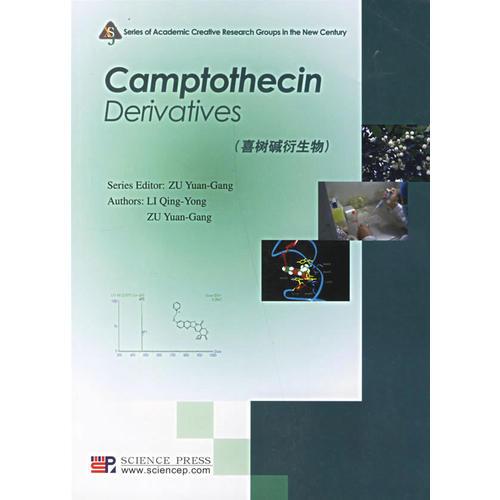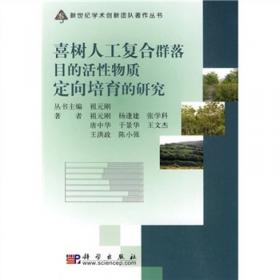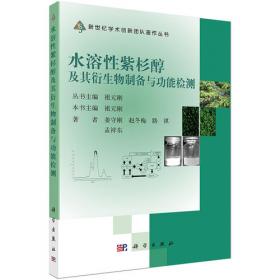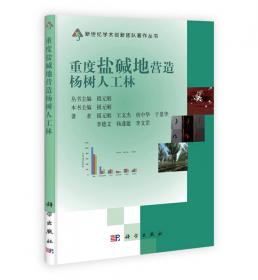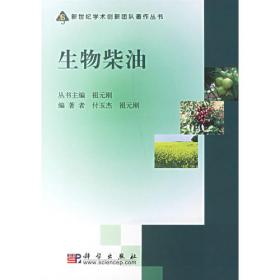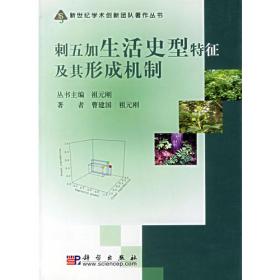喜树碱衍生物
出版时间:
2006-10
版次:
1
ISBN:
9787030168191
定价:
46.00
装帧:
平装
开本:
其他
纸张:
胶版纸
页数:
90页
3人买过
-
Camptothecin (CPT) is a pentacyclic alkaloid isolated from wood and bark of Camptotheca acuminate. Initially it was found to be highly active in a number of mouse in vivo cancer assays. Subesquently, CPT was found to possesses a novel mechanism of action involving the inhibition of DNA relaxation by DNA topoisomerase I, and more specifically he stabilization of a covalent binary complex formed between topoisomerase I and DNA. A number of CPT analogues are in advanced clinical trial, and topotecan and CPT-11, have been approved for marketing by the FDA. Camptothecins have been playing and important role as anticancer agents in recent 20 years. This book provides and detailed discussion of recent advances in the medicinal chemistry of camptothecin, and summarizes the current status of studies of the mechanism of action of camptothecin, including topoisomerase I inhibition and additional cellular responses. A systematic evaluation of novel and important analogues of camptothecin and their contribution to the current structure-activity profile are considered, and camptothecins development and schedules of administration in clinical onlology update. This book includes our study about camptothecins in recent years. To improve the water solubility, series of new derivatives of Camptothecin were prepared, and evaluated cytotoxicity by MTT and inhibitive activity of topoisomerase I by molecular biological method. These camptothecin derivatives have good water solubility, low toxic, and good topiosomerase I inhibitive activity, Further detail investigation is progressing in the pharmacology. 丛书序言
序言
前言
第1章 喜树碱及其作用机制
1.1 发展历史
1.2 喜树碱的分子作用机理
1.3 结构-活性关系
1.4 喜树碱类似物
1.5 喜树碱展望
参考文献
第2章 具有抗肿瘤活性的水溶性喜树碱衍生物
2.1 中间体的合成
2.2 水溶性喜树碱衍生物的合成
2.3 喜树碱衍生物的体外细胞毒性
2.4 喜树碱衍生物的拓扑异构酶Ⅰ抑制活性
2.5 体内抗肿瘤活性研究
参考文献
第3章 具有抗肿瘤活性的9-硝基喜树碱衍生物
3.1 中间体的合成
3.2 水溶性9-硝基喜树碱衍生物的合成
3.3 9-硝基喜树碱盐类衍生物的体外细胞毒
3.4 衍生物的拓扑异构酶Ⅰ抑制活性
参考文献
第4章 其他喜树碱衍生物
4.1 衍生物的合成
4.2 衍生物的体外细胞毒性
第5章 实验部分
5.1 化学实验
5.2 生物活性实验
第6章 临床应用的喜树碱衍生物
6.1 Topotecan
6.2 Irinotecan
6.3 9-氨基喜树碱和9-硝基喜树碱
6.4 Exatecan 和喜树碱轭合物
参考文献
-
内容简介:
Camptothecin (CPT) is a pentacyclic alkaloid isolated from wood and bark of Camptotheca acuminate. Initially it was found to be highly active in a number of mouse in vivo cancer assays. Subesquently, CPT was found to possesses a novel mechanism of action involving the inhibition of DNA relaxation by DNA topoisomerase I, and more specifically he stabilization of a covalent binary complex formed between topoisomerase I and DNA. A number of CPT analogues are in advanced clinical trial, and topotecan and CPT-11, have been approved for marketing by the FDA. Camptothecins have been playing and important role as anticancer agents in recent 20 years. This book provides and detailed discussion of recent advances in the medicinal chemistry of camptothecin, and summarizes the current status of studies of the mechanism of action of camptothecin, including topoisomerase I inhibition and additional cellular responses. A systematic evaluation of novel and important analogues of camptothecin and their contribution to the current structure-activity profile are considered, and camptothecins development and schedules of administration in clinical onlology update. This book includes our study about camptothecins in recent years. To improve the water solubility, series of new derivatives of Camptothecin were prepared, and evaluated cytotoxicity by MTT and inhibitive activity of topoisomerase I by molecular biological method. These camptothecin derivatives have good water solubility, low toxic, and good topiosomerase I inhibitive activity, Further detail investigation is progressing in the pharmacology.
-
目录:
丛书序言
序言
前言
第1章 喜树碱及其作用机制
1.1 发展历史
1.2 喜树碱的分子作用机理
1.3 结构-活性关系
1.4 喜树碱类似物
1.5 喜树碱展望
参考文献
第2章 具有抗肿瘤活性的水溶性喜树碱衍生物
2.1 中间体的合成
2.2 水溶性喜树碱衍生物的合成
2.3 喜树碱衍生物的体外细胞毒性
2.4 喜树碱衍生物的拓扑异构酶Ⅰ抑制活性
2.5 体内抗肿瘤活性研究
参考文献
第3章 具有抗肿瘤活性的9-硝基喜树碱衍生物
3.1 中间体的合成
3.2 水溶性9-硝基喜树碱衍生物的合成
3.3 9-硝基喜树碱盐类衍生物的体外细胞毒
3.4 衍生物的拓扑异构酶Ⅰ抑制活性
参考文献
第4章 其他喜树碱衍生物
4.1 衍生物的合成
4.2 衍生物的体外细胞毒性
第5章 实验部分
5.1 化学实验
5.2 生物活性实验
第6章 临床应用的喜树碱衍生物
6.1 Topotecan
6.2 Irinotecan
6.3 9-氨基喜树碱和9-硝基喜树碱
6.4 Exatecan 和喜树碱轭合物
参考文献
查看详情

 占位居中
占位居中

